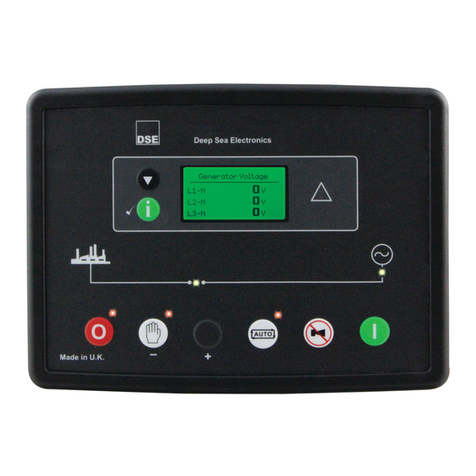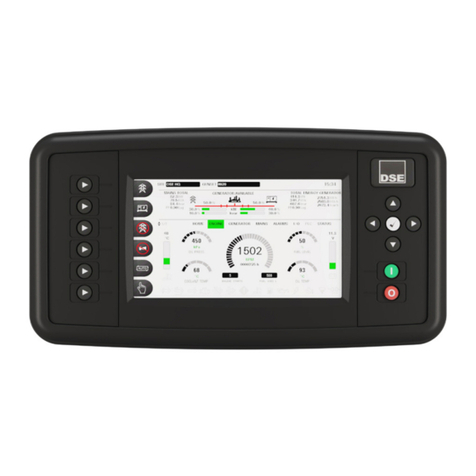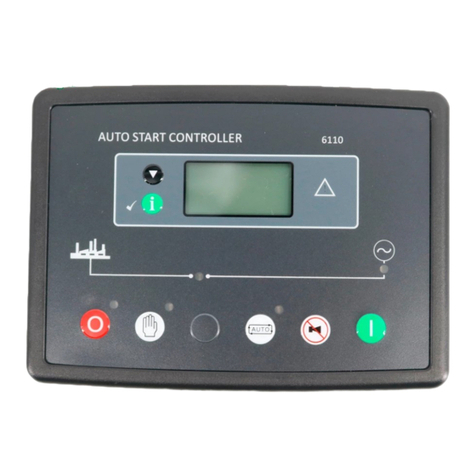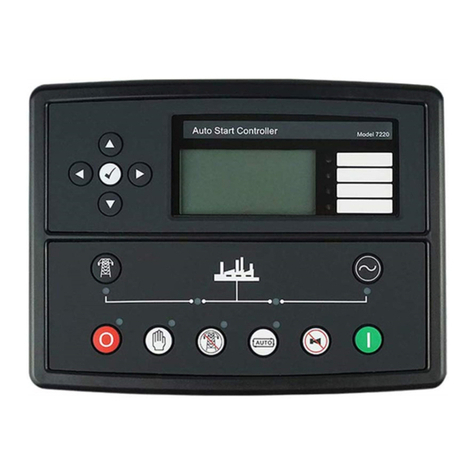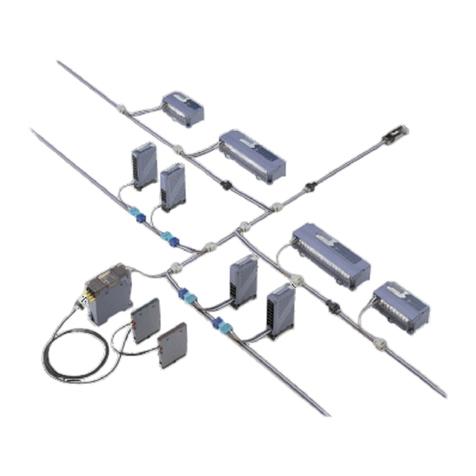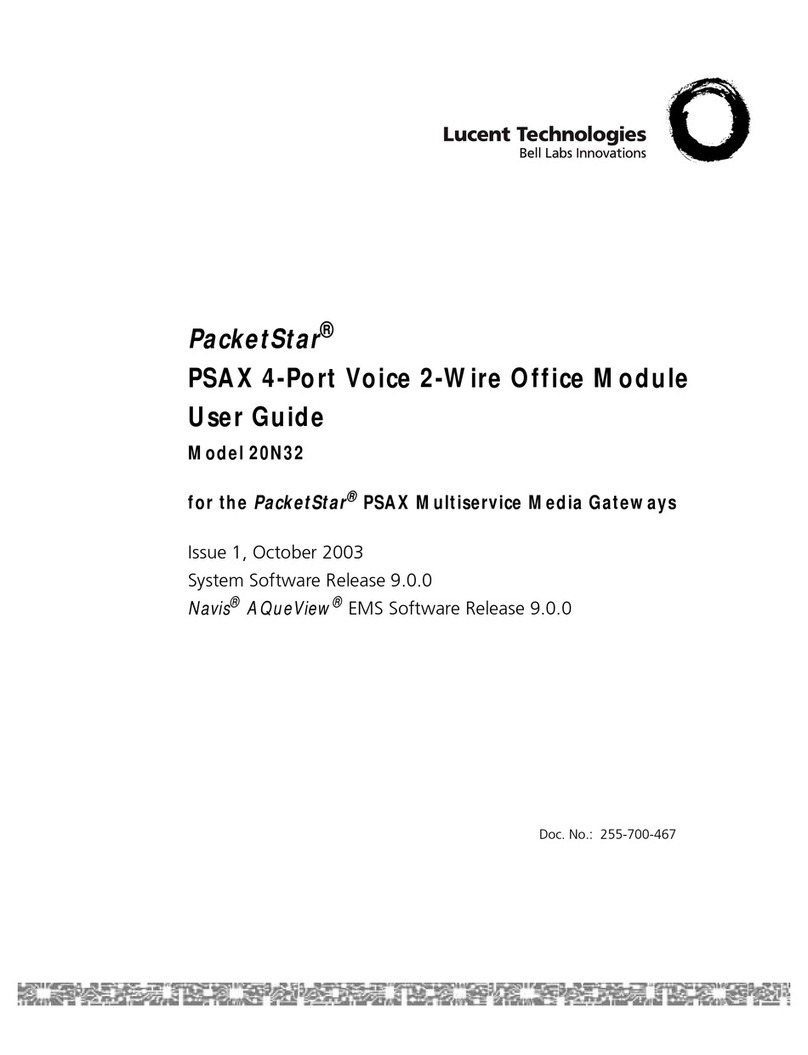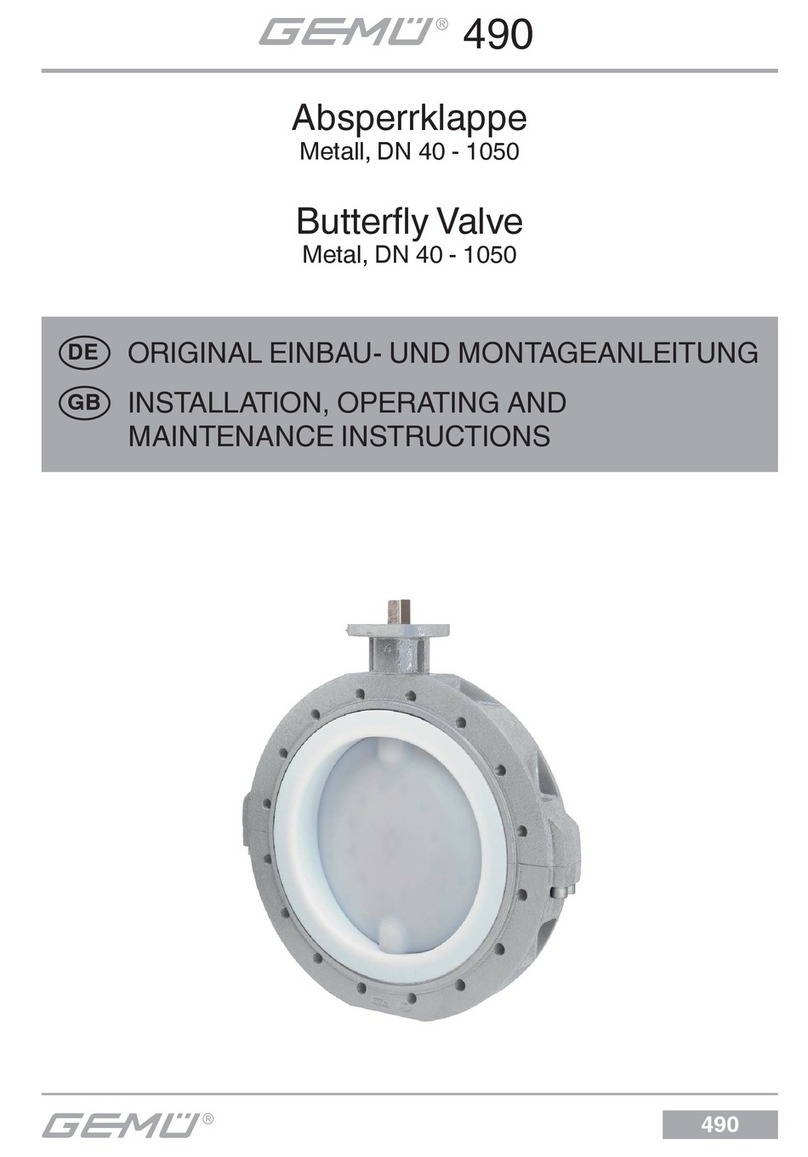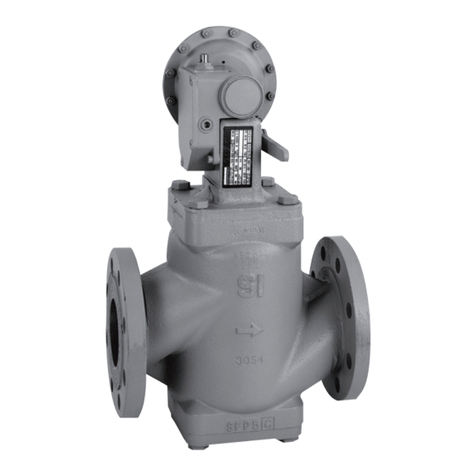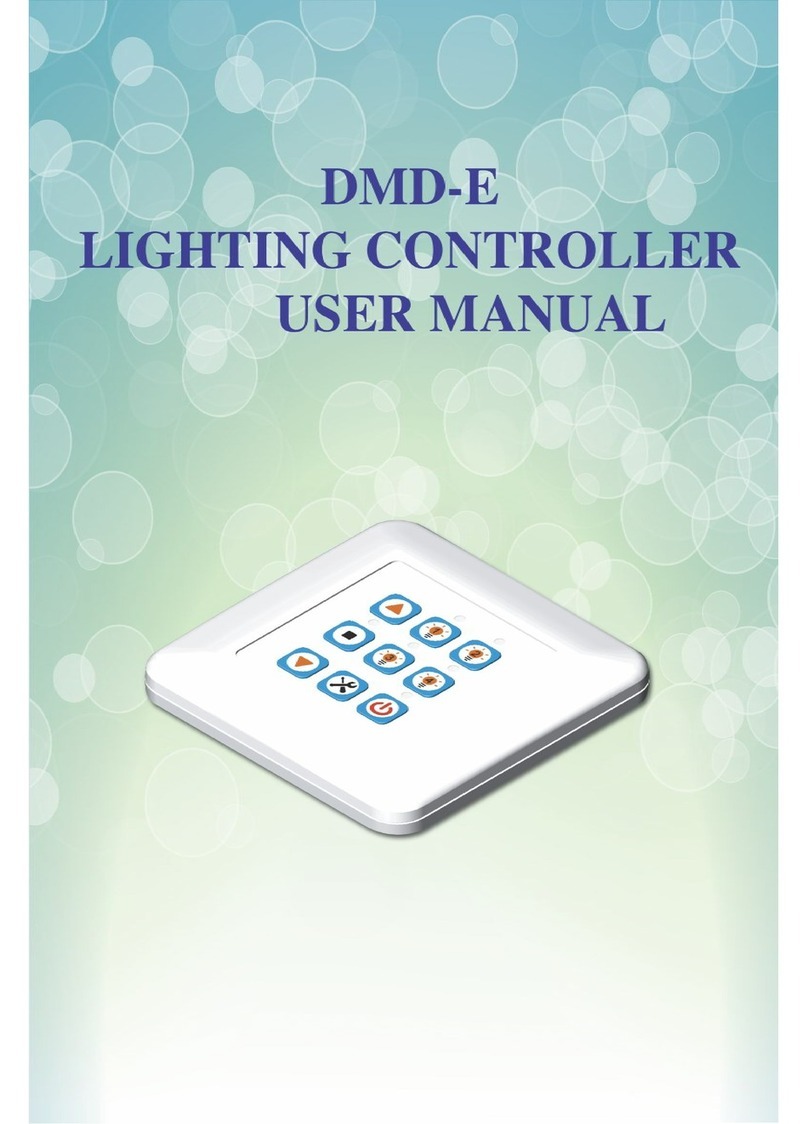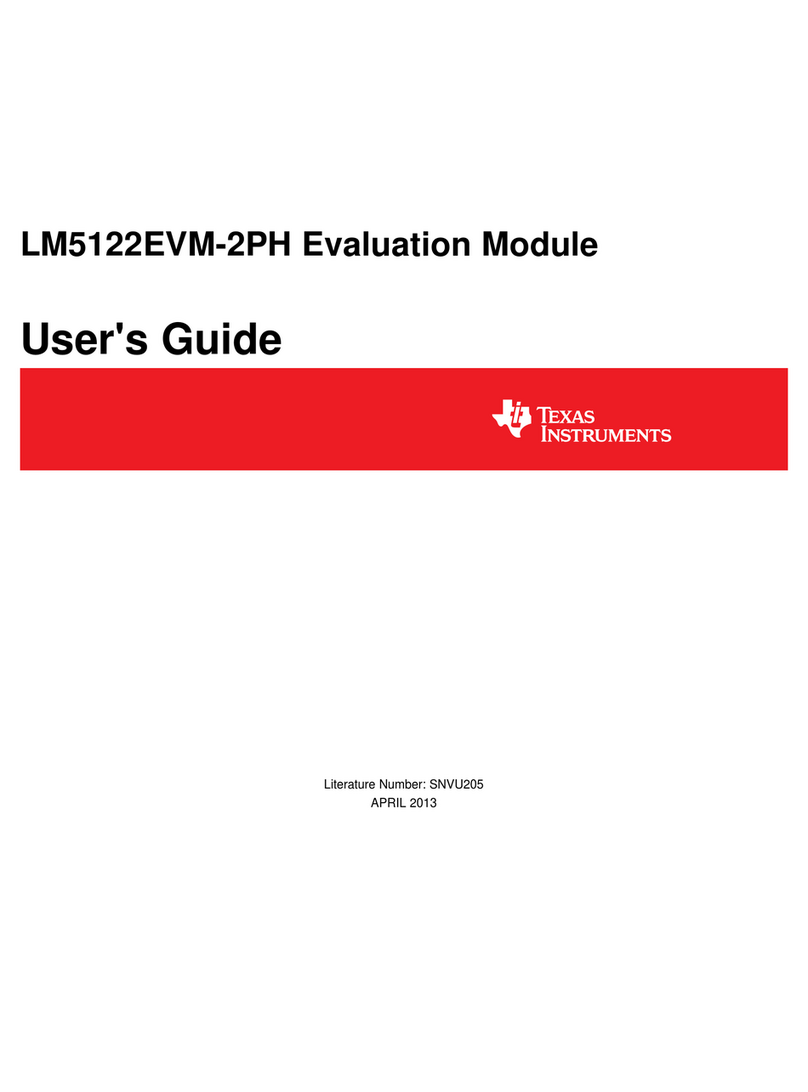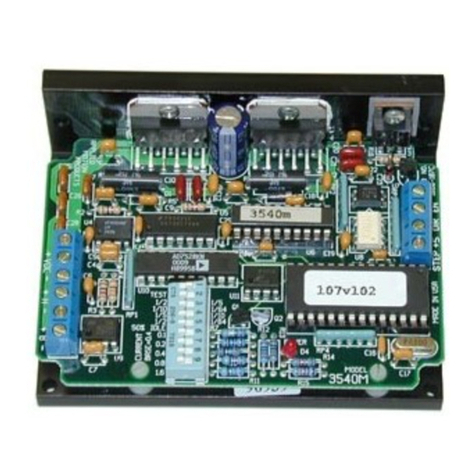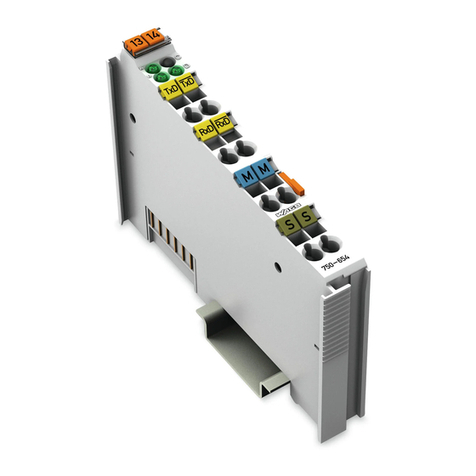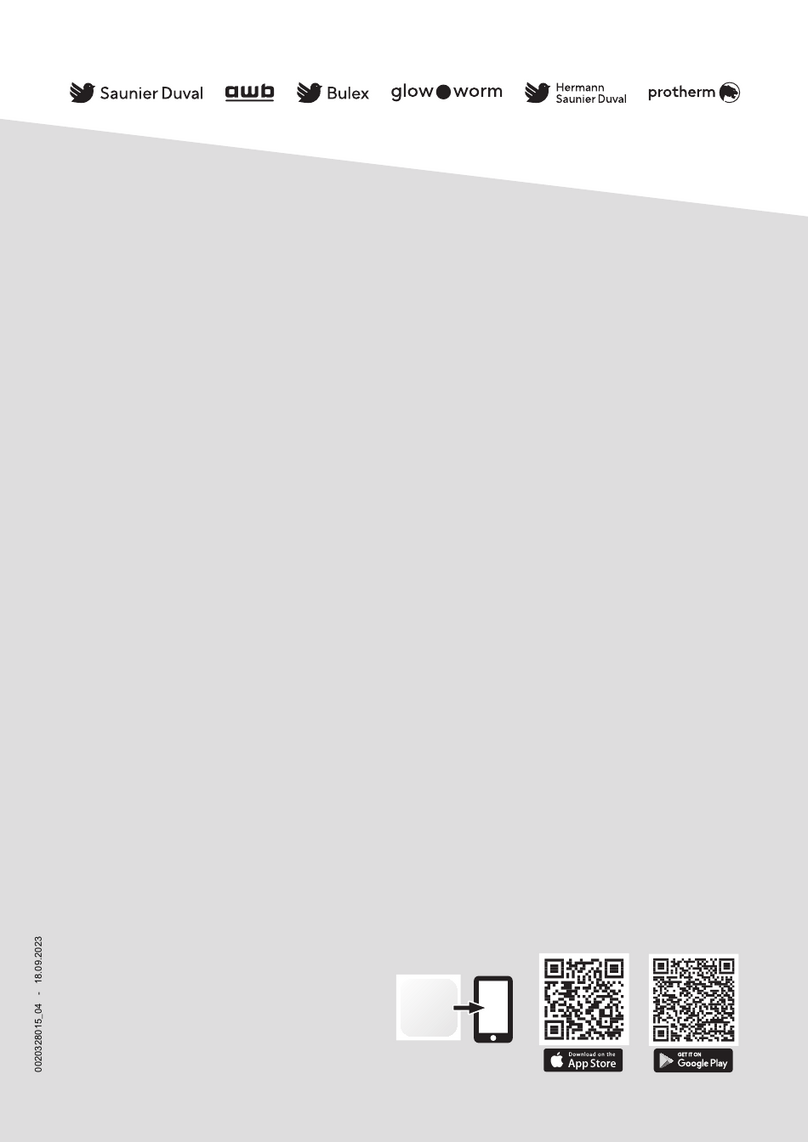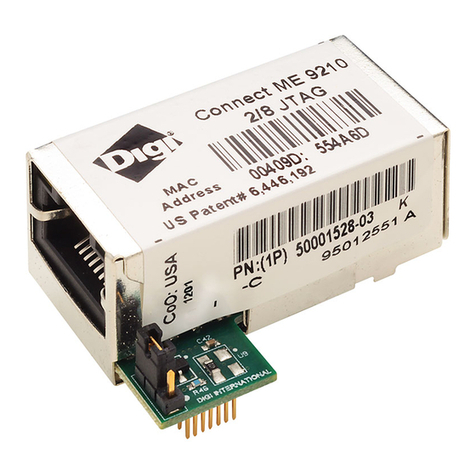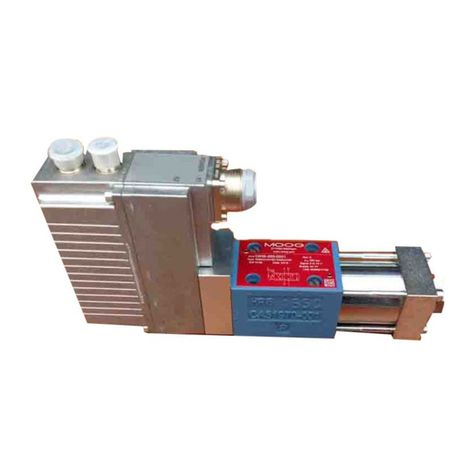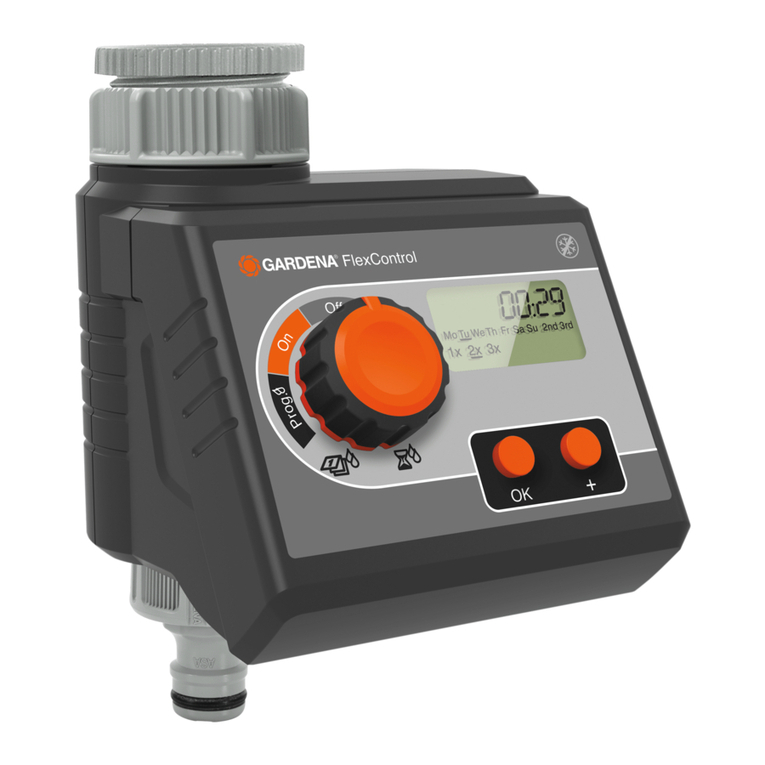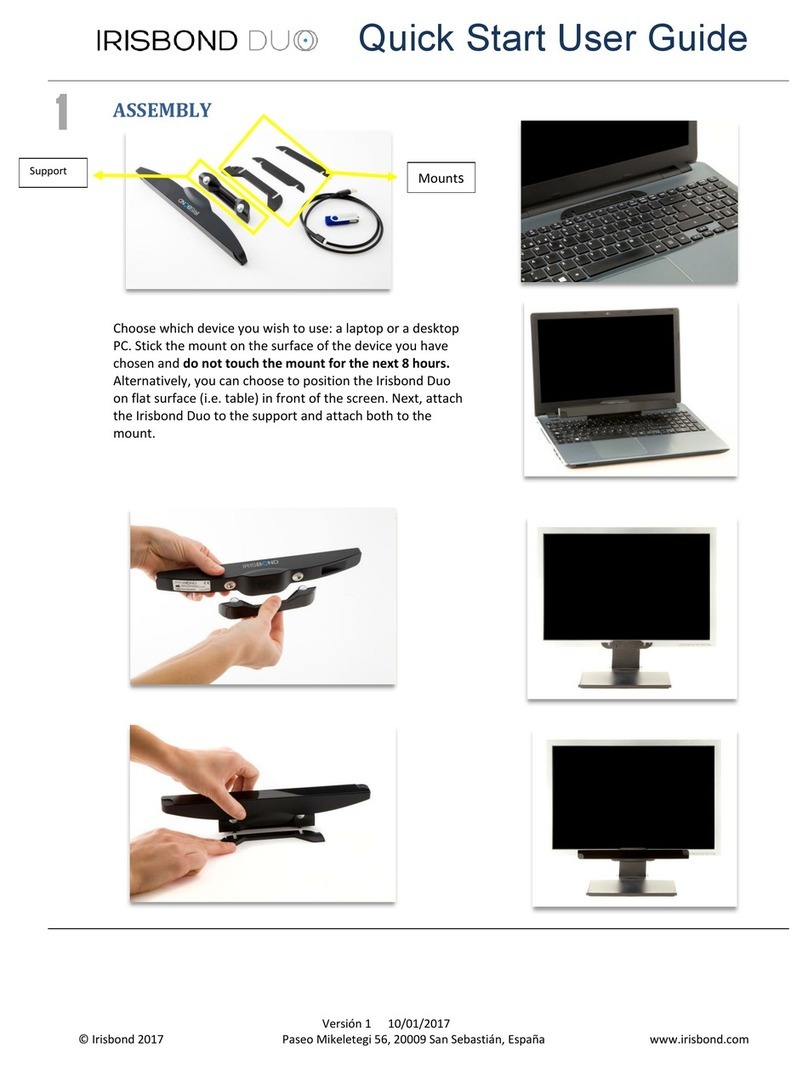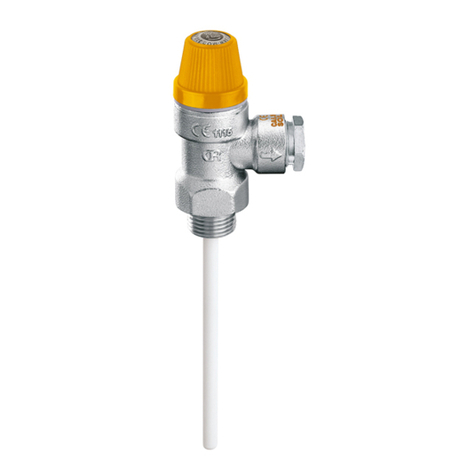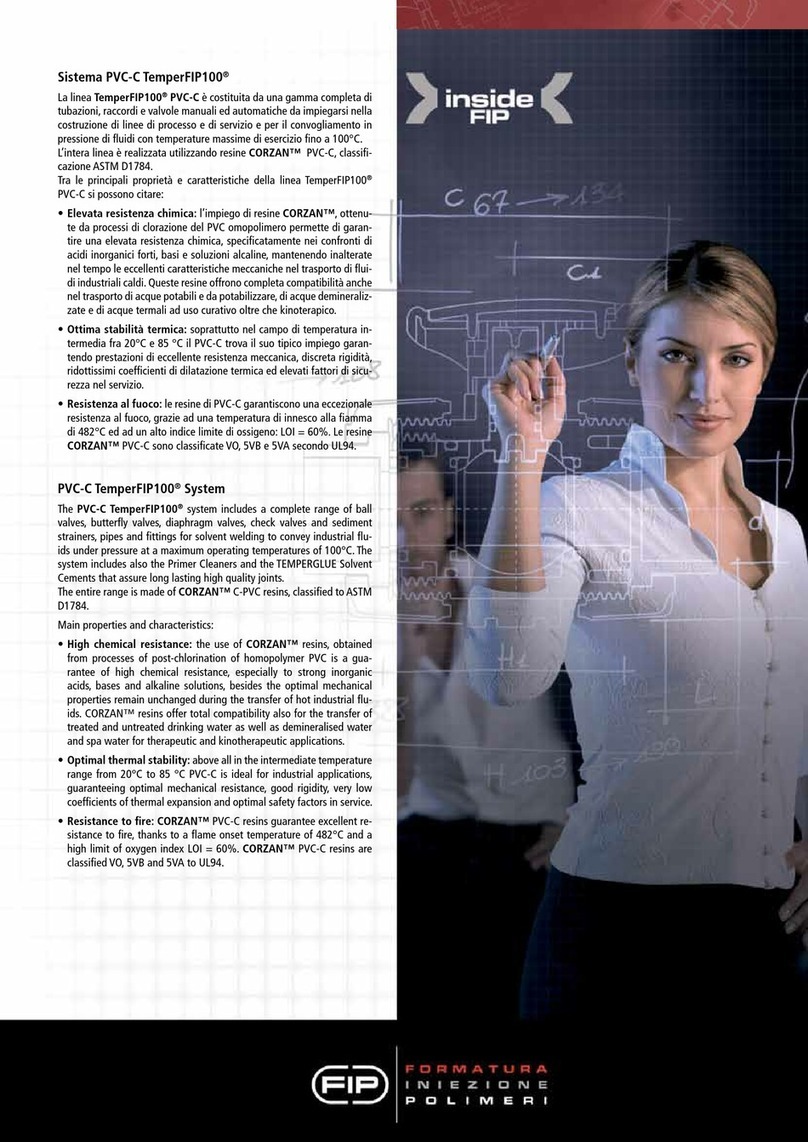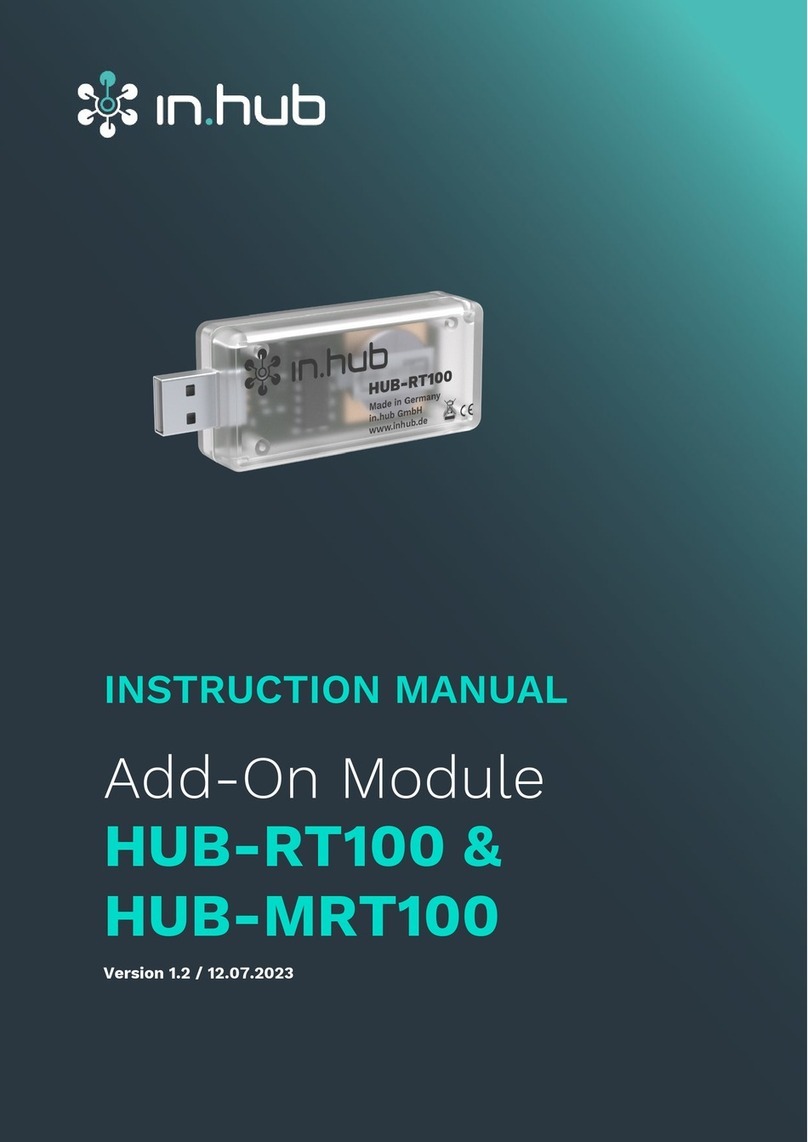4.2.1 BACKLIGHT ............................................................................................................... 29
4.2.2 ICON .......................................................................................................................... 29
4.2.2.1 INOPERABLE ICONS.......................................................................................... 29
4.2.2.2 MODE ICON........................................................................................................ 29
4.2.2.3 ALARM ICONS (PROTECTIONS)........................................................................ 30
4.2.3 VIEWING THE INSTRUMENT PAGES ....................................................................... 33
5OPERATION ...................................................................................................... 34
5.1 QUICKSTART GUIDE....................................................................................................... 34
5.1.1 STARTING THE ENGINE ........................................................................................... 34
5.1.2 STOPPING THE ENGINE........................................................................................... 35
5.2 STOP/RESET MODE ........................................................................................................ 36
5.3 AUTOMATIC MODE ........................................................................................................ 37
5.3.1 WAITING IN AUTO MODE ......................................................................................... 37
5.3.2 STARTING SEQUENCE............................................................................................. 37
5.3.3 ENGINE RUNNING .................................................................................................... 38
5.3.4 STOPPING SEQUENCE ............................................................................................ 38
5.4 MANUAL/START MODE................................................................................................... 39
5.4.1 WAITING IN MANUAL MODE..................................................................................... 39
5.4.2 STARTING SEQUENCE............................................................................................. 40
5.4.3 ENGINE RUNNING .................................................................................................... 40
5.4.4 STOPPING SEQUENCE ............................................................................................ 41
5.5 ALTERNATIVE CONFIGURATIONS................................................................................. 41
6FRONT PANEL CONFIGURATION................................................................... 42
6.1 ACCESSING & OPERATING THE FRONT PANEL EDITORS.......................................... 43
6.1.1 ENTERING THE EDITORS ........................................................................................ 43
6.1.2 EDITING A PARAMETER........................................................................................... 43
6.1.3 EXITING THE EDITORS............................................................................................. 43
6.2 ADJUSTABLE PARAMETERS IN CONFIGURATION EDITOR ........................................ 44
6.2.1 MODULE SETTINGS.................................................................................................. 44
6.2.2 CAN SETTINGS ......................................................................................................... 44
6.2.3 DIGITAL INPUT SETTINGS........................................................................................ 45
6.2.4 OUTPUT SETTINGS .................................................................................................. 45
6.2.5 TIMER SETTINGS...................................................................................................... 46
6.2.6 GENERATOR SETTINGS .......................................................................................... 46
6.2.7 ENGINE SETTINGS ................................................................................................... 47
6.2.8 ALTERNATE CONFIGURATION SETINGS................................................................ 47
6.3 SELECTABLE PARAMETER SETTINGS ......................................................................... 48
6.3.1 OUTPUT SOURCES .................................................................................................. 48
6.3.2 INPUT SOURCES ...................................................................................................... 49
6.3.3 AC TOPOLOGY ......................................................................................................... 49
6.3.4 ALARM ACTION......................................................................................................... 49
6.3.5 DIGITAL INPUT ALARM ARMING .............................................................................. 49
6.3.6 DIGITAL INPUT POLARITY........................................................................................ 49
6.3.7 DIGITAL OUTPUT POLARITY.................................................................................... 50
6.3.8 CAN DATA FAIL ALARM ACTION.............................................................................. 50
6.3.9 CAN DATA FAIL ALARM ARMING ............................................................................. 50
7COMMISSIONING ............................................................................................. 51
8FAULT FINDING................................................................................................ 52
8.1 STARTING........................................................................................................................ 52
8.2 LOADING.......................................................................................................................... 52
8.3 ALARMS........................................................................................................................... 53
8.4 COMMUNICATIONS ......................................................................................................... 53
8.5 MISCELLANEOUS............................................................................................................ 53
9MAINTENANCE, SPARES, REPAIR AND SERVICING ................................... 54
9.1 PURCHASING ADDITIONAL CONNECTOR PLUGS FROM DSE .................................... 54
9.1.1 PACK OF PLUGS....................................................................................................... 54
9.1.2 INDIVIDUAL PLUGS .................................................................................................. 54






















